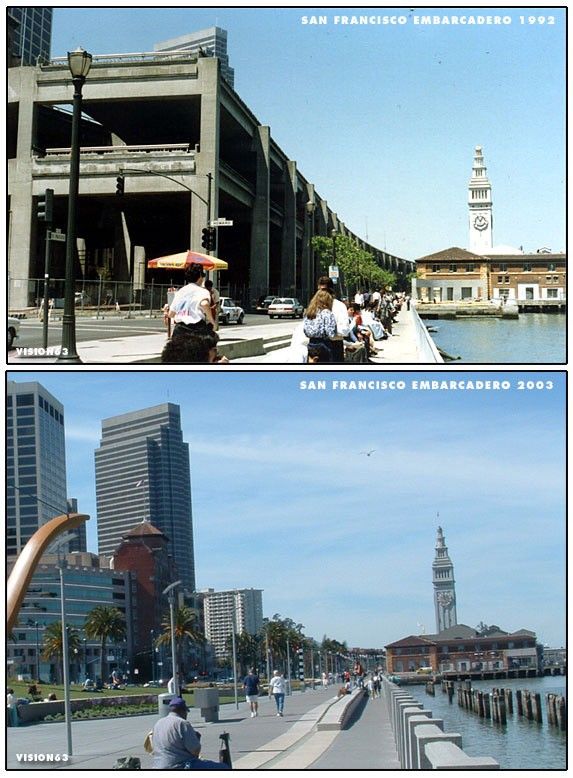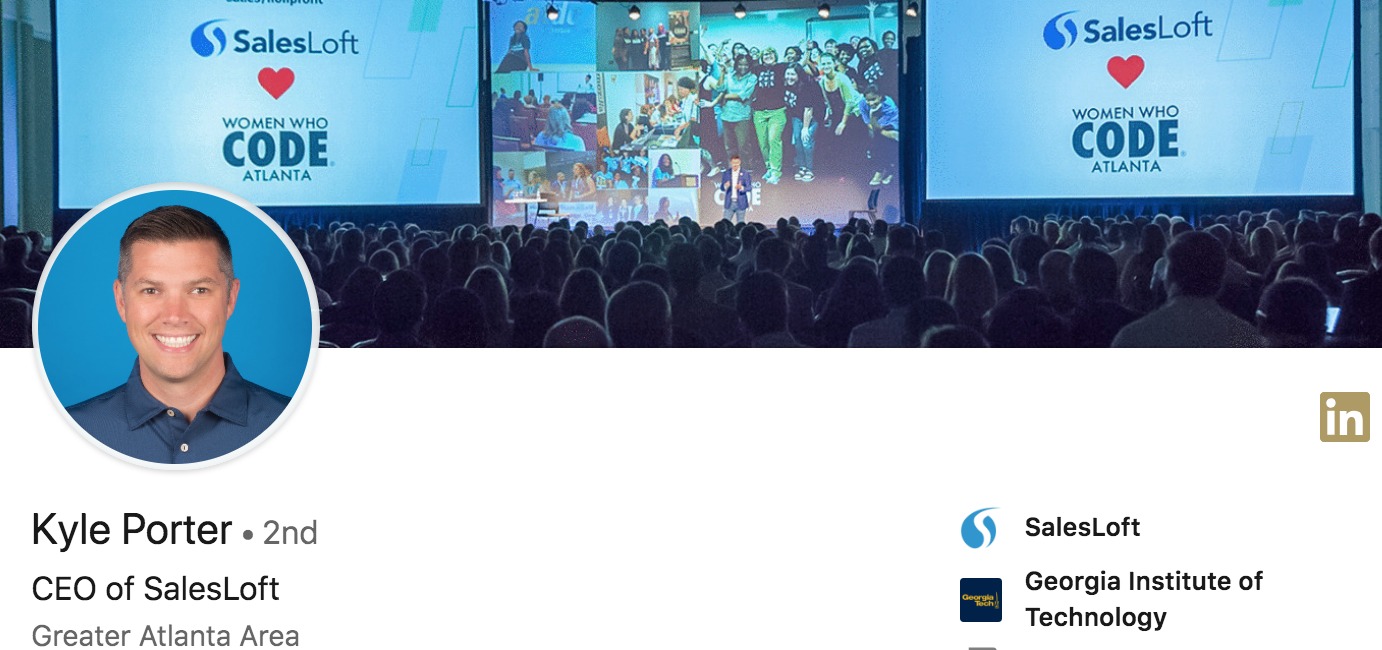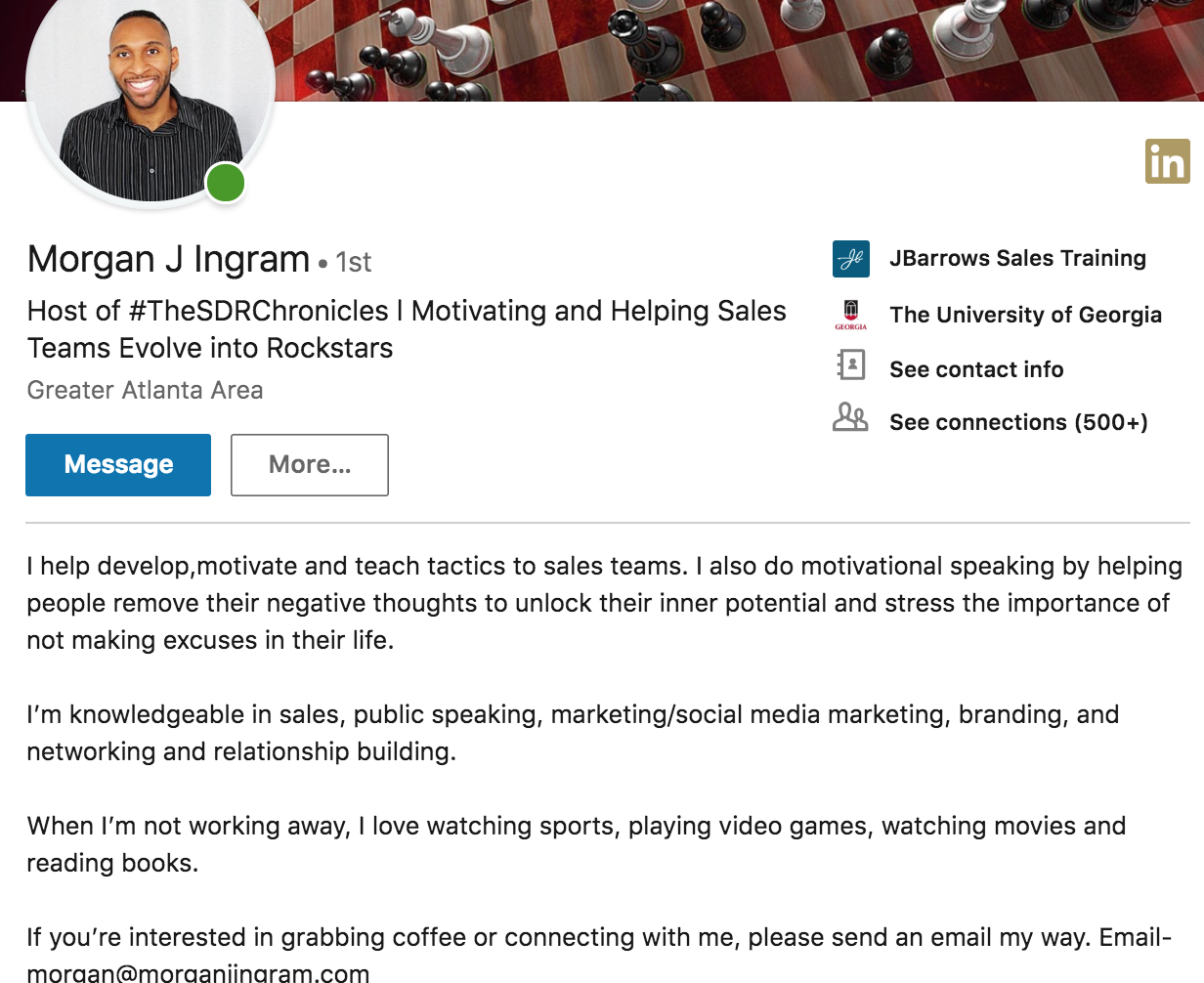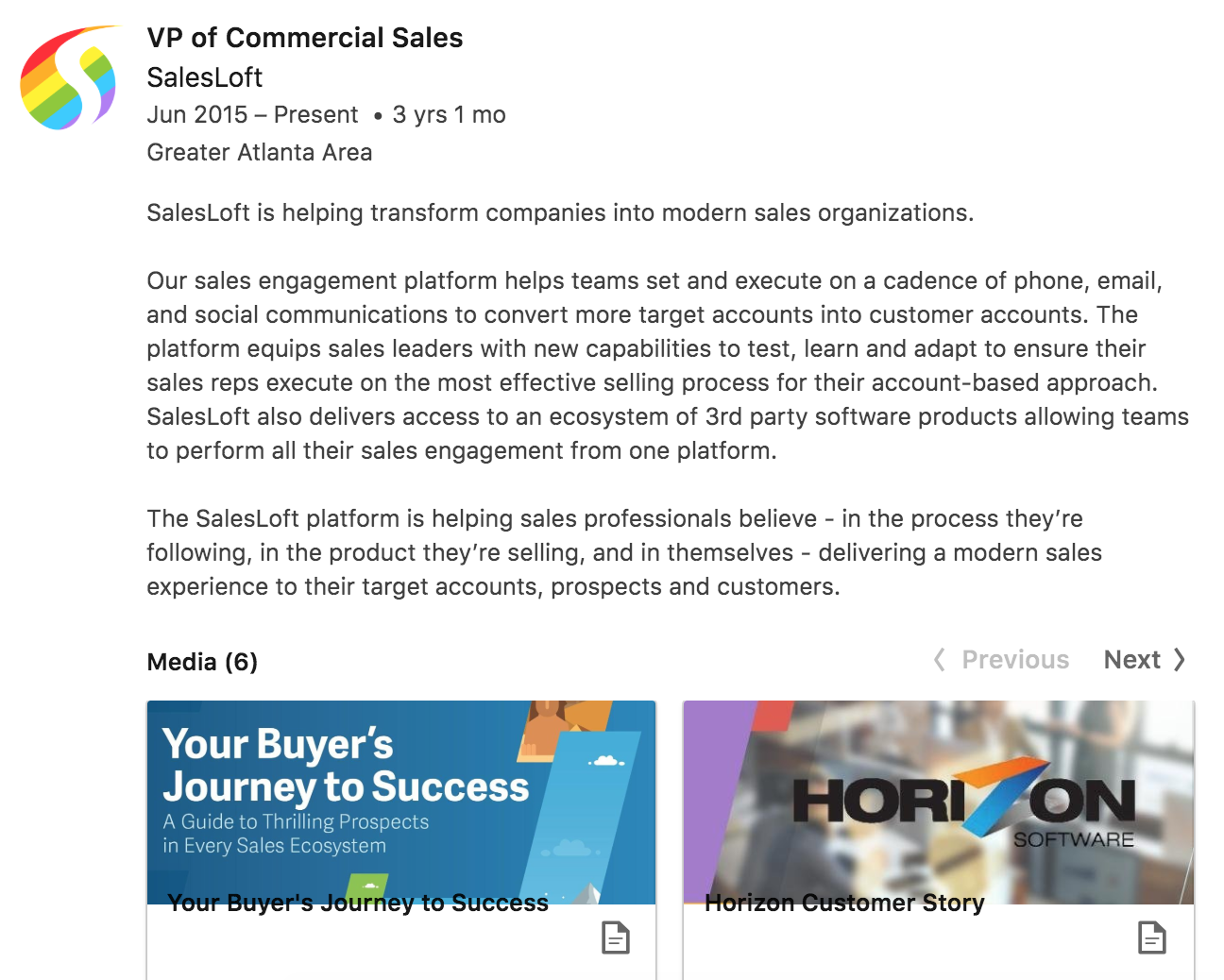
We’ve been compiling this sales automation tools list for a while, trying to figure out the best way to get the information out there.
There are a number of existing resources available on sales automation, but they don’t offer use cases and examples of how to put the tools to action. So our team tried to fill the gap to help you build or enhance your own sales stack.
Here goes our effort to curate the ultimate list of sales automation tools!
What Is Sales Automation?
Sales automation tools are software-based solutions that help you perform many sales tasks faster, easier, and more efficiently.
As far as I know, these solutions initially focused on tedious or redundant tasks — from sales prospecting to contract signing.
With the increasing use of artificial intelligence, data analytics, and machine learning to drive many solutions, sales automation capabilities have also become more targeted.
Why Do You Need Sales Automation?
For organizations that need to sell something, sales automation tools have become nearly as indispensable as calendars and phones. Based on experience, businesses would find it painfully difficult to keep competition at bay.
Left to its own, a sales force will eventually become too bloated and unwieldy. This is especially the case if everyone on the team reverts to performing tedious tasks manually.
There’s simply no escaping it. To thrive in the new economy, you need sales-enabling technologies that optimize your existing tools, talent, and teamwork.
Related: Best 160+ Sales Tools: The Complete List (2018 Update)
Pros and Cons of Using Sales Automation
Among other things, sales automation enables reps on the floor to get deeper insight about prospects, and managers to create strategic visualizations to improve overall sales team performance. Sales organizations now turn to different automation software to enhance the overall buyer journey.
Not everything in the world of selling should be automated
Customers are people and they expect to be treated like humans — by humans on the other side of the selling dynamic. If they feel being tracked and treated like a mere statistic by a computer program, customers will lose interest.
To win their game, sellers need to orchestrate excellent customer experiences and trigger the right emotional responses.
While sophisticated chatbots can help marketers and sellers engage retail consumers, B2B buyers still demand meaningful relationships with expert human consultants.
Technology is only as good as the human using it
Unless a sales rep knows her way around the tools she uses, the likelihood of bungling and turning prospects away is all too real. An automated email campaign that is poorly planned can easily exceed the peskiness of spam, for example.
And once you allow your brand to be tainted with a reputation as a spammer, you are bringing your business closer to irrelevance.
Bottom line: for your business to reap the full rewards of sales automation, you’ll need a roster of competent, well-trained, and tech-savvy sales practitioners on the team.
Here’s Our Master List of Sales Automation Tools to:
- Scrape websites to find a certain type or subset of customers
- Build a lead list fast
- Get a bunch of prospect email addresses and other contact info
- Find the right targets
- Improve prospecting workflow and outcome
- Power up your outbound and inbound email campaigns
- Outsource the sales development process
- Develop sales people through training
- Acquire CRM capabilities for less
- Match CRM for your business scale and model
- Generate sales forecasts more easily
- Enhance your marketing efforts
- Facilitate data integration
- Integrate services with Salesforce
- Run internal email drip campaigns
- Improve demos and conferencing
- Manage contracts
- Conduct mobile research
- Conduct social research
- Implement account-based selling/marketing
- Analyze, manage, and improve sales performance
- Perform data analysis
- Improve search engine optimization (SEO) efforts
- Gather and weaponize business intelligence
- Create, share, and manage content
- Enhance daily productivity

Web Scraping
Web scraping can be a salesperson’s best friend. A few years ago, this would mean they’d need to be pretty technical. To learn about Python and APIs — almost foreign to them — is a big task. Fortunately, even non-technical salespeople can easily scrape sites these days using tools such as Import.io and Kimono.
Web Scraping Tools

Lead List Building
I’m not a fan of paying for lists. In fact is it an AWFUL idea.
The two main reasons are 1) it’s not a good way to spend money when you’re a startup and 2) the bounce rate is ridiculously high.
List Building Tools

Email Databases
To reiterate, I’m not a believer in buying email lists but these are the top companies in the space for directly purchasing on a per email basis. I believe there is value here in the speed it would take you to get a list built using these products. I just don’t believe in the accuracy or price tag associated with it, especially for cash-strapped startups and lean organizations.
Email Database Tools

Finding the Right Targets
When finding the right customers, you want to look for few defining factors right off the bat. You should find companies that can afford your product, companies that are using similar products, or companies similar to your current client base.
That’s an easy start, AKA your Low Hanging Fruit. After you can dive in, decide which point persons based on specific corporate roles/positions you’d like to start the conversation with. These products can help you with the first part.
Customer Intelligence Tools

Prospecting Workflow and Outcome
One of the telltale signs of a productive sales team is a full and flowing sales pipeline. While it sounds simple, keeping a healthy pipeline is not always so easy for many business organizations. Not all prospects are worth the effort, for example. And bringing every qualified lead from one phase of the sales cycle to the next does not always turn out as planned.
To help your team streamline your sales process, you should consider adopting tools and technologies that match your business model, goals, and sales framework/methodology.
Prospecting Tools

Outbound, Inbound, and General Email Management
This might be the top sales automation gem in this entire post. If you’re not one of those lucky companies that can expect to draw hundreds of inbound leads on a consistent basis, then you probably need to get things started by going on the attack.
I’d also recommend this post from Martin Weiss on building your outbound sales strategy.
Top Email Management Tools
Related: How to Build a Sales Stack Your Sales Reps Will Love

Outsourcing the Sales Development Process
Ah my favorite part. Everything above just told you which software to use to automate most of the lead gen and prospecting process. Now imagine if you could train someone to do it for you for you!
Finding and contracting freelance SDRs is easier than ever. With the advancements in remote working technologies, you can outsource the SD process quickly and build long-term business relationships easily.
Sales Development Outsourcing Solutions

Sales Training Solutions
Some of the best education portals for salespeople are Winning By Design, JBarrows Training, Saleshood and The Harris Consulting Group. Winning By Design are sales scientists who create playbooks and textbooks on sales. John Barrows trains sales reps at Salesforce, Box, LinkedIn, Marketo, Zendesk and more of the world’s biggest B2B SaaS companies.
Meanwhile, Elay Cohen (the former SVP of Sales Productivity at Salesforce) launched Saleshood to share his customer engagement secrets to the masses. Factor 8 is another notable sales training provider that can help keep your team on full throttle.
Sales Training Solutions

Startup CRMs
Not everyone can afford Salesforce right out of the gate. While it’s definitely the most scalable solution out there, smaller companies can depend on the following CRMs to do the job nearly as well.
Depending on your deals and the size of your team, one of these products might be better for you than the others. With all being said, CRM systems can boost your sales automation process significantly.
CRMs For Startups

CRMs in General
If you’ve been running a mid-size to enterprise-scale organization for a while and would like to update your sales team’s CRM, then there is a wide range of options available.
CRM Solutions

Sales Forecasting
Having a general idea of your revenue trend is important for strategy formulation and tactical fine-tuning. Your ability to map sales performance over the short term also enables you to re-allocate scarce resources to where they will be needed most. That is where sales forecasting solutions come quite handy.
Sales Forecasting Tools

Marketing Automation
Without sales, marketing is empty. Without marketing, sales is dead. That pretty much explains why there’s a need to align sales and marketing. And that is why many companies are also beefing up on marketing automation to improve campaign efficiencies.
Marketing Automation Tools

Enterprise/Personal Data Integration
These days, you can’t afford to rely solely on your CRM to stay above the competition and keep your brand ahead of the curve. You’ll always need supporting technologies to extend the capabilities of your tool set.
However, when salespeople mention “sales stack,” they definitely mean a virtual stack comprising of different technologies. The problem is, the sales tech landscape has products from different vendors — and these products don’t necessarily get along well with each other.
Data Integration / Enrichment Tools

Salesforce Integrations
Salesforce remains the standard product when it comes to customer relationship management. Having dominated the market for more than a decade, this pioneering CRM solution naturally creates ripples of third-party integration development around it.
Top Salesforce Integrations

Internal Drip Campaigns
Executing an email drip campaign is among the most potent methods in B2B lead nurturing and inbound marketing. Basically, a drip campaign is an automated sequence of pre-crafted, personalized, and contextualized email messages that are sent to a select group of recipients over a certain period. The purpose is to assess and guide recipient behavior towards a specific action such as a sign up or a purchase.
Drip Campaign Tools

Demo/Conferencing
Presenting, video conferencing, and product demos are crucial elements of the sales process especially in the B2B sector. They are also important channels for internal communication, collaboration, and training.
Demo/Conferencing Tools

E-Signature
You’ve done the tough tasks of finding prospects, driving positive conversations, and orchestrating meaningful customer experiences. Your prospect has finally given the nod.
Well and good, but you’re not off the hook yet. You still need to generate legally binding agreements, personalize service terms, get customers to sign up for the service, and manage contracts moving forward.
E-Signature Tools

Mobile Research
The maturing mobile environment has become a welcoming place not only to showcase your products but also to perform many of your tasks as a sales professional.
Heeding the demand, a number of CRMs such as Salesforce, Pipedrive, and Zoho have already deployed robust mobile versions. Sales enablement software and marketing automation have wisely joined the bandwagon.
Meanwhile, buyers can do their product research, shopping, and purchases directly from their mobile devices. In fact, 93% of customers who use mobile for product research end up buying something.
Mobile Research Tools

Social Research
Like mobile, social media has become pervasive and remarkably influential. Any sales organization that lack a social selling strategy is bound to play second fiddle to those who do.
Social Research Tools

Account-Based Sales and Marketing
With customers becoming the center of business, many vendors in the B2B space have adopted account-based selling as their default sales framework. If you are a player in this sector, there are many account-based solutions that can take your process and performance to new highs.
Account Based Sales & Marketing Solutions

Individual/Team Performance Management
Even the finest sales tools in the world won’t take you very far unless the talent using them are also world-class. Successful sales organizations know they need to consistently assess, train, and develop the people behind their brand.
And because corporate survival and growth depend primarily on sales, technology solutions that aim to drive focus and high performance among sales professionals abound.
Performance Management Solutions

Data Analytics
The most valuable digital brands in the world (Google, Facebook, Amazon, etc.) use data to dominate the market. Data has become crucial to success that many businesses now employ Chief Data Officers.
Not surprisingly, sales organizations that lack strong data infrastructures fare poorly compared to their competitors who leverage analytics in their sales process.
Here are some tools that can help your team harness the game-changing benefits of data.
Data Analytics Solutions

Search Engine Optimization
The web is a battleground and only digital marketers who are well versed in the inner workings of SEO will ultimately claim victory in the field. A good percentage of sales now occur online and your brand will lose competitiveness if it lacks an aggressive SEO (search engine optimization) strategy – and that goes for startups too. SEO for startups can be a huge advantage later on down the road, rewarding compounding efforts for years to come.
Related: The Express Guide to Keyword Research for Salespeople
Some of the most useful SEO tools are in this list. If you are looking for powerful SEO platforms with plenty of features, Moz Pro, Ahrefs, and SEMrush are some of the most widely used.
Top SEO Tools

Business and Market Intelligence
In the digital economy, business success takes a lot more than just knowing the terrain. It entails having the right information about the right prospects at the right time. Business intelligence has become indispensable that you need at least one service dedicated to gathering relevant intel.
Business Intelligence Tools

Content Creation, Sharing, and Management
Even in the universe of selling, content remains king. Your message and how you express it matter. Whether the message aims to engage customers, train sales rep, or motivate internal teams, outcomes ultimately rely on the quality and relevance of content.
But the impact of messaging doesn’t end there. How you create, share, and manage content also affect your efficiency and productivity as a team.
Content Management Tools

Daily Use / Productivity
Capping this list are personal productivity tools that can either automate or otherwise improve your performance or workflow on a daily basis.
Workflow / Productivity Tools
Sales Automation for Reps
Sales Reps perform many tasks and activities across the sales process. These include prospecting, lead nurturing, and customer engagement. Hence, automations that enhance lead generation, sales call performance, and sales email engagement would greatly extend the capabilities of sales reps.
Top Picks
Sales Automation for Managers
Sales managers need to exercise critical, strategic, and analytical thinking while performing many of their functions. Tasks that are often associated with sales leaders include reports generation, presenting, metrics analysis, etc. They also need to do some talent hiring/outsourcing/training every now and then.
The following automations, technologies, and solutions can help sales leaders perform their jobs better.
Top Picks
Final Thoughts
Salesforce recently published its widely anticipated State of Sales Report for 2018 and the findings are alarming. With competition getting tougher and customer expectations on the rise, nearly 60% of sales reps expect to miss quota this year.
As market challenges render the job of sellers harder than it already is, smart salespeople can no longer afford to go out on the field empty-handed. They’ll need every help they can get. If you’re serious about your sales performance, you’d want to get the best automation solutions on your side.
The range of options can be mind-boggling but we’ve trimmed the shelf to help you make a decision faster and easier. So choose any of the tools I’ve cited that are relevant to your role, goals, and situation. Now is the time to up your game.
The post Sales Automation: 250+ Tools to Turbocharge Your Sales Process appeared first on Sales Hacker.















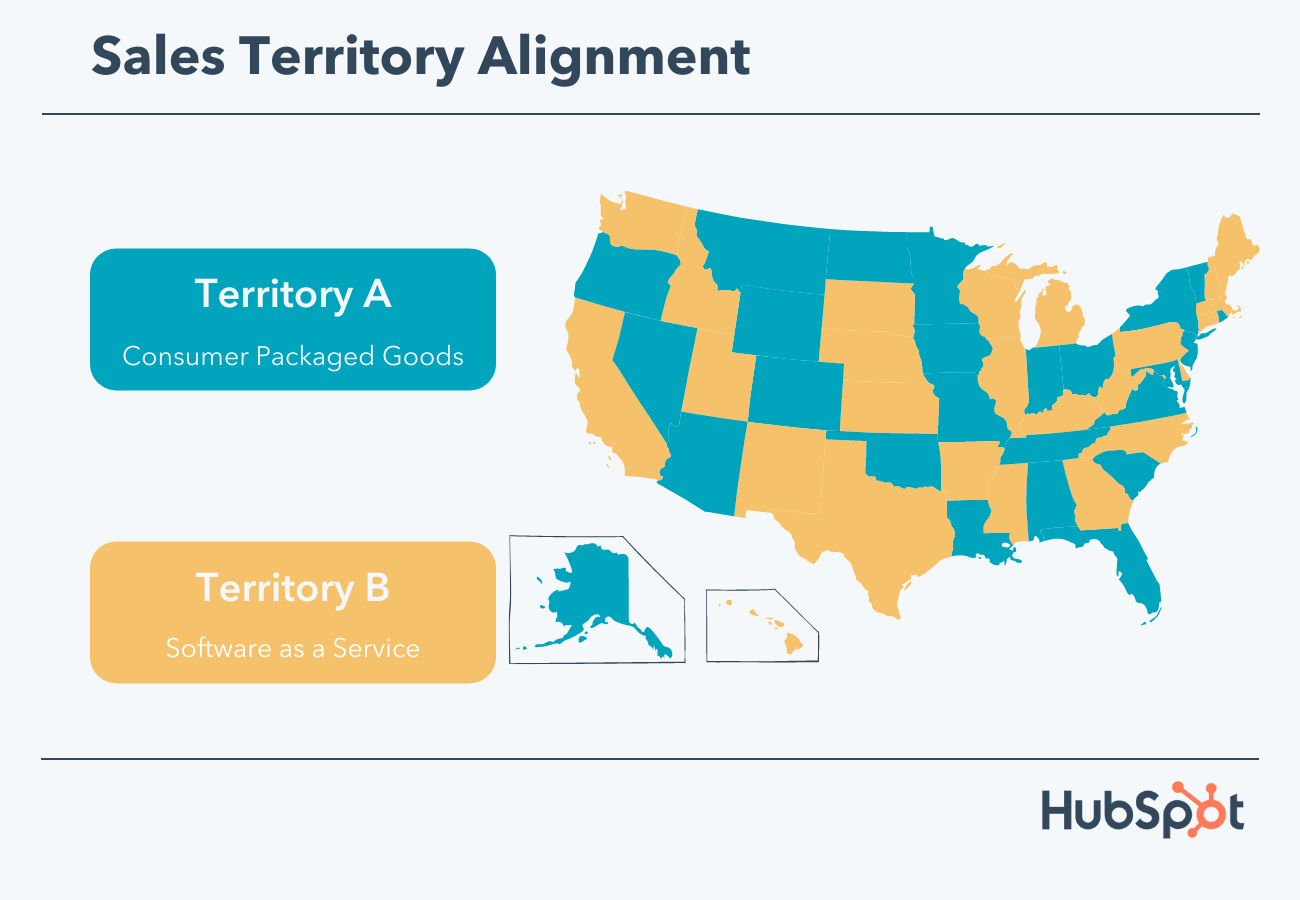

 This article is adapted from an excerpt in the new book
This article is adapted from an excerpt in the new book 

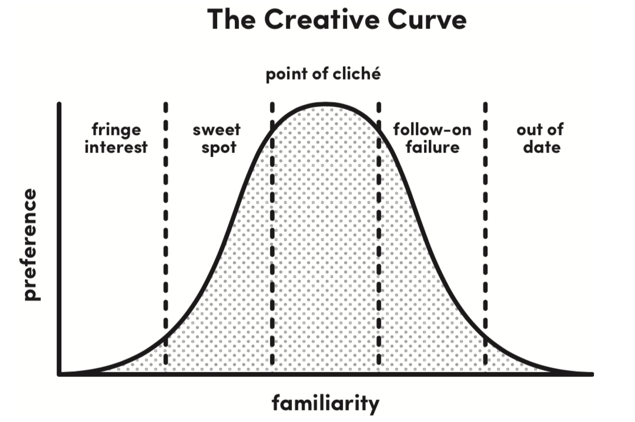






























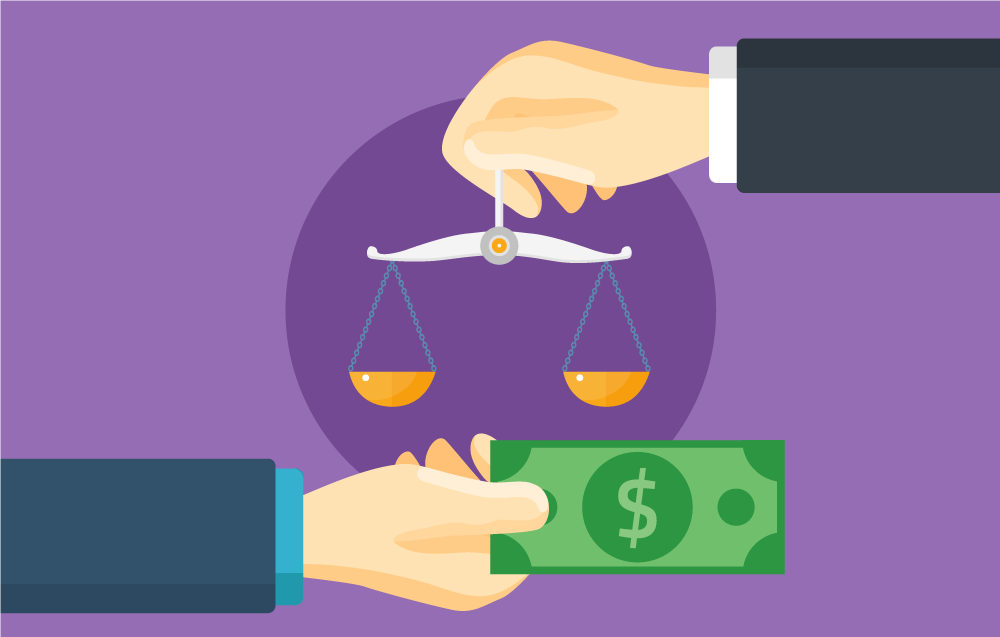



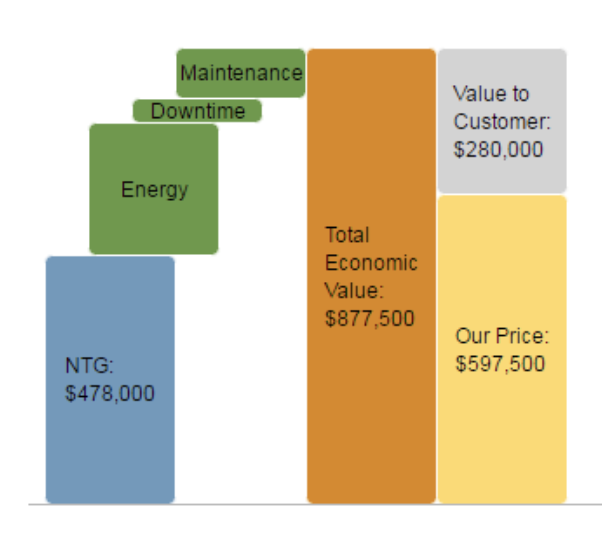

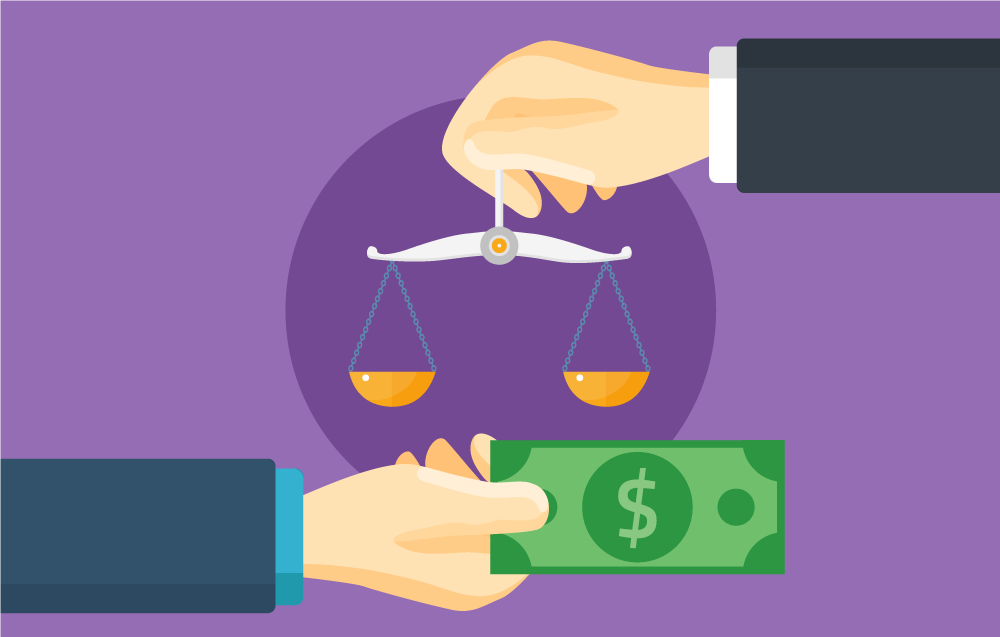


 Some tools have developed specific features and reports to manage lists of influencers, links, domains, keywords and all the other stuff without leaving their platform.Nevertheless, Google Sheets are an awesomely useful tool for any marketer. You can easily export the data in these documents from any of the best SEO services, including all the above-mentioned ones. So, sharing all this data with your colleagues in an organized way will be a piece of cake.
Some tools have developed specific features and reports to manage lists of influencers, links, domains, keywords and all the other stuff without leaving their platform.Nevertheless, Google Sheets are an awesomely useful tool for any marketer. You can easily export the data in these documents from any of the best SEO services, including all the above-mentioned ones. So, sharing all this data with your colleagues in an organized way will be a piece of cake.







